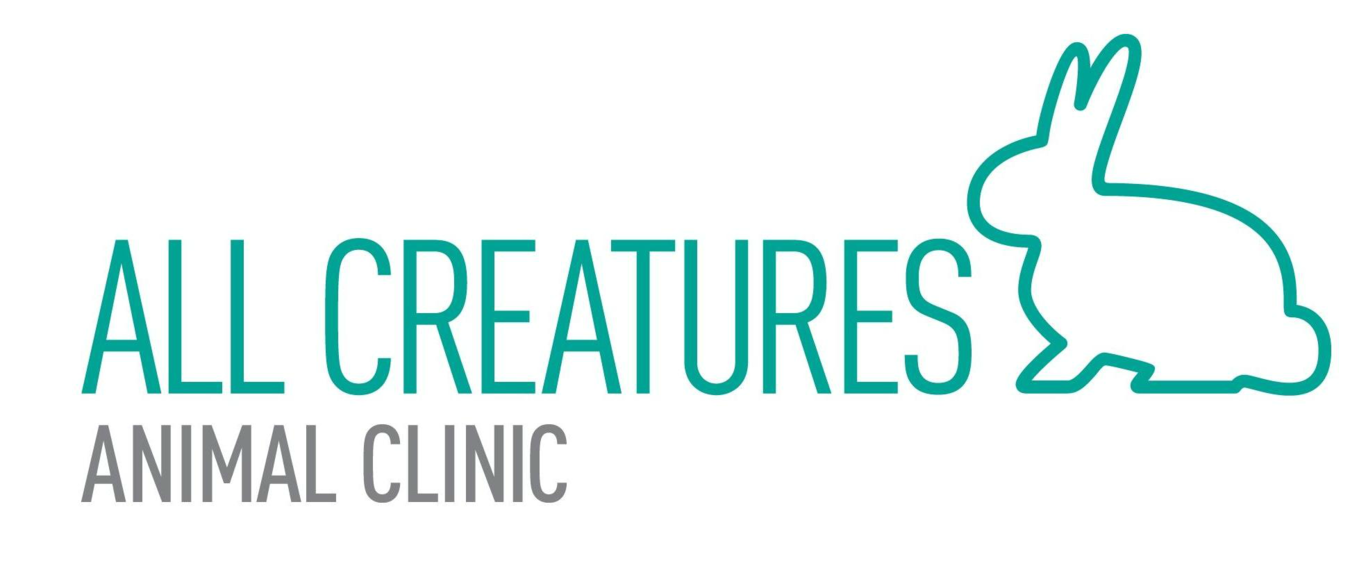Aquatic Turtle
*There are many species of aquatic turtles. These recommendations are a good starting point for many species, but are most specific for red eared sliders and painted turtles. Always make sure to extensively research the unique needs of your turtle when creating a habitat and selecting a diet.
HOUSING
Turtles should be housed in large aquariums (50-100 gallon), small ponds or dedicated pools
Turtles can be housed in a 20-30 gallon aquarium or bin until they are >4 inches across
Water depth in the enclosure should be 3 times the width of the shell
A floating turtle dock, cork board, log or rock and silicone structure should be used to provide a ramp out of the water to an easily accessible basking spot
Decorative plastic plants or large rocks can be used to provide hiding and resting spaces and create an aesthetically pleasing enclosure (avoid rough rocks, bricks and cinder blocks)
Avoid gravel-this can harbor bacteria and prevent proper cleaning
In the summer, an outdoor enclosure can be used
Outdoor enclosures must be partially shaded and protected from predators and escaping
Never place a glass aquarium outside (they overheat very quickly)
Water Changes and Cleaning
A complete water change should be done every 2 weeks (90-95% of water replaced)
Scrub and rinse all surfaces during complete water changes
Buckets, suction systems and hoses are needed to complete necessary water changes
50% of the water should be changed every 3-4 days
Filters designed for ponds or large turtle enclosures should be used at all times
Lighting and Temperatures
Use a water thermometer to ensure that water temperatures stay between 75-85 F
Submerged water heaters are often necessary to maintain water temperature
A heat lamp should be used to maintain a dry basking spot of 85-90 degrees F
A UVA/B bulb should also be placed over the basking area
Some bulbs offer both UVA/B and heat
UVA/B bulbs should be placed 12 inches above the basking spot with no glass obstructions
UVA/B bulbs must be changed every 6 months even if they are still on
All lights should be kept on a 12-14 hour light cycle with an automatic timer
FOOD
Commercial floating pellets for aquatic turtles and mixed greens make up the bulk of the diet
Feed your turtle in a separate tank from their main enclosure
Turtles cannot swallow easily if they are not in water
Allow them unlimited access to pellets and shredded greens for 15-20 min every 1-3 days
Turtles less than 2 years old should be fed daily
Acceptable greens: Red and green leaf lettuce, kale, mustard greens, escarole, bok choy, turnip greens, dandelion greens, spinach, various aquatic vegetables (duckweed, waterlettuce)
Continue to offer greens with every meal even if they do not eat them- it takes time to adjust to a new diet if they have not eaten greens before and they eat more as they age
Occasional treats are acceptable (1-3 times/week): crickets, feeder fish, earthworms, insects
All insects and fish should be store bought to avoid introducing parasites
Treats/protein can make up 40% of the daily diet in turtles under 2 years old
Vitamins: Add extra calcium to the diet by placing a cuttlebone in the tank and adding a pinch of calcium/Vitamin D3 supplement to the feeding tank during meals
Add a pinch of a reptile multivitamin to the feeding tank every other week
Medical
Aquatic turtles are capable of hibernating, but we recommend avoid this, as it is very hard on the body and is difficult to do properly- keep temperatures and light cycles steady
Common signs of illness include weight loss, floating irregularly (one side higher out of the water), nasal discharge, swollen eyes, swellings on the side of head, lack of appetite and discoloration of the shell and skin
Weigh your turtle monthly on a gram scale (postal scale or food scale)
Pet insurance is available through "Nationwide Pet Insurance"
Human Health Risks
Turtles can carry salmonella on their skin- always wash hands after handling or touching water
This is especially important for children
Minimize fire risks
Make sure all lamps and heating elements are strongly secured in place
Keep flammable material far from heating elements and lamps
Do not over-burden power outlets with multiple lamps
Resources
All Creatures Animal Clinic: allcreaturesvet.net, 734-973-1884
Melissa Kaplan's Herp Care Collection: www.anapsid.org
Nationwide Pet Insurance: www.petinsurance.com


